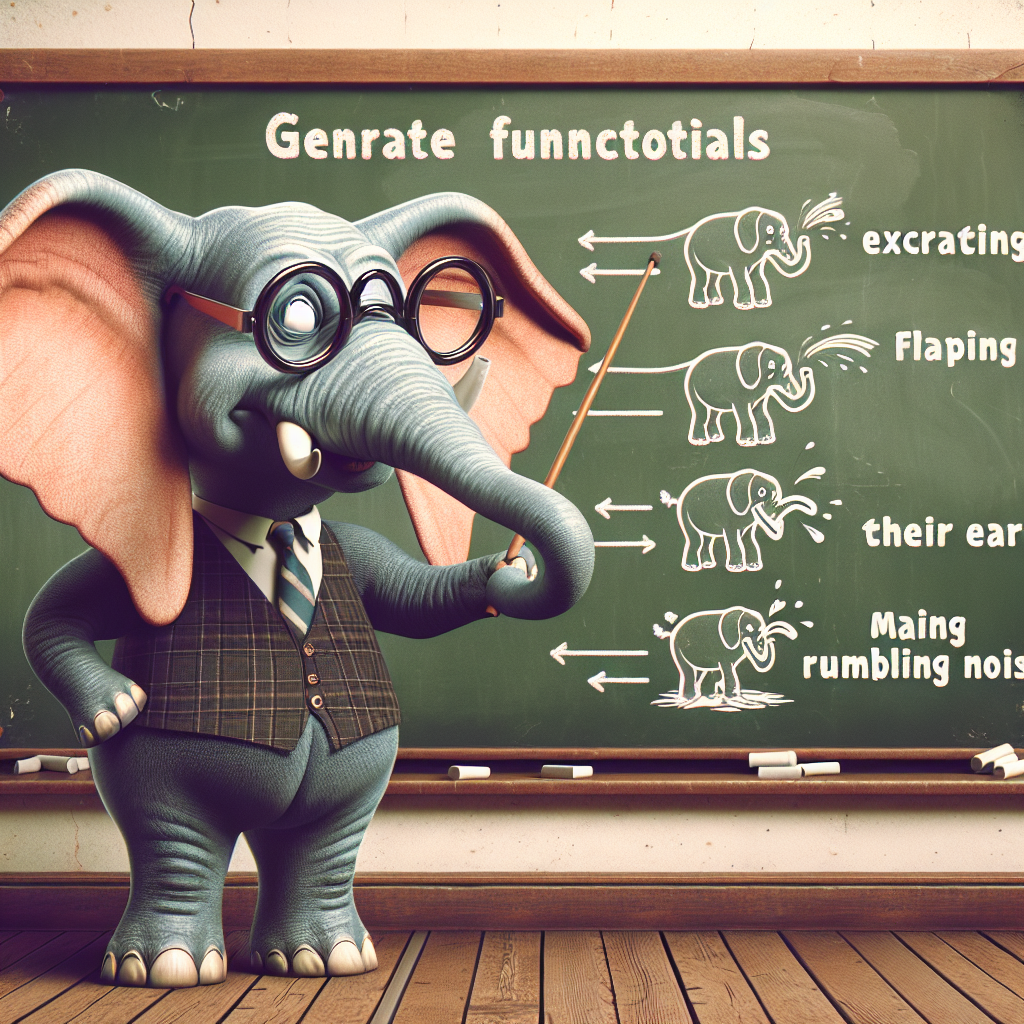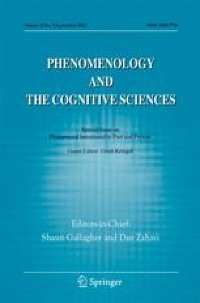2
The article argues in favour of a pragmatist enactive interpretation of the emergence of the symbolic and contentful mind from a basic form of social communicative interaction in which basic cognitive capacities are involved. Through a critical overview of Radical Enactivists (RECers)’ view about language, the article focuses on Mead’s pragmatist behavioural theory of meaning that refers to the gestural conversation as the origin of the evolution of linguistic conversation. The article develops as follows. After exposing the main elements of REC’s theory of cognition and language that involve the construction of a theory of natural signs (teleosemiotics) and basic directionality (Ur-intentionality), some critical points of Hutto and Myin’s proposal will be highlighted. To foster a continuist perspective of language, the behavioural theory of meaning and language that Mead develops from the notion of gesture will be analysed. His theory is akin to REC and could augment the bare bones of REC’s sketched perspective, helping to include Ur-intentionality in a broader non-dualistic phylogenetic and ontogenetic theory of symbolic language from gestural communication, thus helping to overcome the distinction between a content-less intentionality and a content-involving intentionality, i.e., a semantic propositional intentionality. Furthermore, a recent revival of Mead’s theory testifies to its up-to-date relevance to explain the innate social dimension of human and non-human animals, and the human communicative capacity through the conditioning of bio-social canons and structures.



This article on teleosemantics may be relevant.